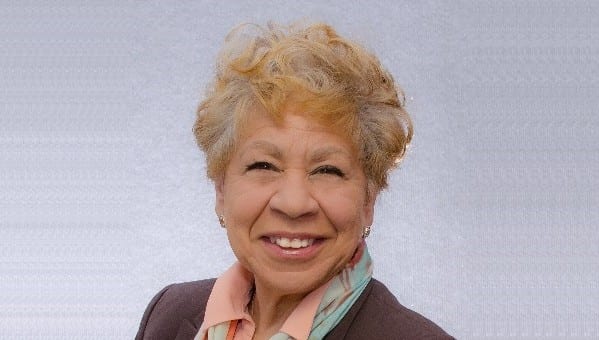Principal Andi Cullins was interviewed by Kate Mueting of Shattering the Ceiling about The DirectHer Network.
By Kate Mueting | January 25, 2016
Earlier this fall I coordinated a happy hour with the D.C. Women’s Bar Association, and I enjoyed talking with several interesting women (and a handful of men brave enough to come to a WBA event!). I talked with Andi Cullins about her efforts to get more women on corporate boards. Andi explained that she is putting together a network of women who will work to identify board-ready women and market them to corporate boards. She’s calling it The DirectHer Network. I told her about my interview with Serena Fong at Catalyst about the same issue, and I was excited Andi agreed to meet up for an interview about her efforts.
Kate
What got you interested in the issue of increasing the number of women on corporate boards?
Andi
A lot of people have been working on this issue, including Boardroom Bound, Catalyst and more recently, The 30% Club, but they’ve been working for a while now and we’re not seeing the needle move by much. Despite our efforts, we’re just not getting enough women on corporate boards.
Kate
Why is the needle not moving?
Andi
Board members themselves typically fill vacancies on boards, based on their existing networks. Let me explain: when there is a vacancy on a board, the board members already “have the suit built.”
Kate
By that do you mean that those selecting the person to fill the vacancy have already defined the type of person they want?
Andi
That’s right. If Joe, for example, leaves the board, the board members talk about who should replace Joe. And these guys – and let’s be honest, they are mostly guys – think about who they know and who are already in their circles. Someone says: “I play golf with Fred and he might be interested.” Typically, Fred will fill the vacancy. These guys are not purposefully excluding women. They are just filling the “suit” with people they know personally.
Even when that doesn’t work and the board members hire a search firm, they describe the suit they need filled. They have already built the suit. The suit is a certain size. There is little that I, in the executive search business, can do to affect who goes into the suit. The position will be filled by someone who fits their pattern already.
Kate
How is The DirectHer Network working to change this pattern?
Andi
We’re using a proactive method that we use at The McCormick Group and that is somewhat unusual in the executive search world. A lot of what we do is what other executive search firms do – find people for employers. An employer says: “Find me a red-haired, left-handed litigator.” Fine. We can do that.
But what makes us unusual is that sometimes we flip the script on this and take on representation of highly qualified individuals. In the course of searching for the people to fit the suits developed by employers, we occasionally meet individuals who are absolutely outstanding. They are so outstanding and they are ready to make a move, and agree to help find a position for them, even if no client has identified the need. We conduct a proactive campaign to introduce these candidates to potential employers in their area of expertise.
We work with the individuals to identify what they can offer and what they want in their next career move, and we try to find that for them. I market them to employers. These individuals are so outstanding that occasionally we have clients create positions for them.
The McCormick Group has developed a sweet spot in doing this for high-level government officials – former secretaries, cabinet members, congressmen, etc. We are able to take these individuals to employers and say “you really need to look at this person.” We’re not waiting for the right job to come that person – we’re being proactive and making it happen.
Kate
This is the approach that The DirectHer Network will use?
Andi
Yes. By being proactive, I can get to corporate boards and pitch outstanding women before they have the chance to define the position so it can be filled only by people in their circles – before they build the suit. At that point, the boards may be more open about the characteristics of the person who should fill the open seat.
Kate
Can you talk with me about the women you expect to pitch? How do you anticipate identifying them?
Andi
That’s where the women in the Network come in. We’ll be working together to identify board-ready women. I know that a lot of organizations working to have more women on corporate boards have training programs. That’s great, but there are a lot of training programs already established, and they do an excellent job. But most board seats are filled through recommendations from CEOs and other board members.
Kate
They get there through their networks.
Andi
Right. So I’m getting together women with large spheres of influence who will create a network that can help identify these women and pitch them to boards.
Kate
In my work representing women professionals, I see a lot of the Joe and Fred situation you mentioned – men not intentionally excluding women, but including only those in their immediate circles. I think that happens often.
But in my work I also see discrimination. I see people excluding women because they are women. Are you concerned that will continue to be a hurdle?
To read the rest of the article, go to | Shattering the Ceiling
To contact Andi Cullins, please email acullins@tmg-dc.com


